The Yellow-wattled Lapwing (Vanellus malabaricus) is a captivating bird belonging to the Charadriidae family, with its scientific name signifying its native habitat in the Malabar region. The Yellow-wattled Lapwing is a medium-sized bird with pale brown plumage, featuring a bold black crown on its head that contrasts sharply with the brown neck, separated from a narrow white band. Notably, it boasts large yellow facial wattles, enhancing its distinctive appearance. The chin and throat exhibit a rich black colour, while a fine blackish line separates the brown neck from the white belly. Its tail features a subterminal black band, and a white wingbar adorns the inner half of its wing. With a yellow base for its bill and tiny yellow carpal spurs, this bird exhibits an intriguing blend of colors. During displays, the crown feathers can be slightly raised, further accentuating its striking features. While there are no recognised subspecies, a size variation is observed from south to north.
These lapwings predominantly inhabit the dry plains of peninsular India, but their range extends to parts of Pakistan, Nepal, Bangladesh, and Sri Lanka.This confine to the Indian continent. While they do not undertake long migrations, they exhibit seasonal movements in response to rainfall patterns. Often seen as low-flying birds, there have been occasional sightings of yellow-wattled lapwings in regions beyond their typical range, including Malaysia. They thrive in dry, stony, open grassland or scrub habitats, preferring drier environments compared to their red-wattled counterparts. Known as “Kaha theli kirala” or “kaha yatimal kirala” in Sinhalese, these birds are fairly rare in the low country dry zone of Sri Lanka, particularly in very arid areas along the coastal belt from Puttalam to Jaffna and Hambantota district. Breeding populations have also been reported in the Eastern Province, Udawalawa, and Anuradhapura.
The Yellow-wattled Lapwings engage in intriguing reproductive behaviours, breeding during the dry season, with the peak period occurring from March to May, just before the monsoon season arrives. They lay approximately four eggs in a ground scrape, occasionally nesting within a clump of grass, making their nests challenging to spot. Parental care involves visits to water sources to wet their breast feathers, possibly to cool the eggs or chicks. Once hatched, the chicks leave the nest and forage alongside their parents, remaining motionless when alarmed and blending seamlessly into their surroundings. Some pairs may attempt a second brood if the first one fails. Courtship displays involving multiple pairs in close proximity have also been documented. However, hatching success is relatively low, at around 27.58%, primarily due to predation and nest damage. The incubation period lasts for approximately 27–30 days. When approached, incubating birds make discreet attempts to move away from the nest. Their diet primarily consists of ground-dwelling small animals such as beetles, ants, termites, and other invertebrates, which they skillfully pick from the ground, reaffirming their status as ground birds.
09/09/2023
(Photo credit goes to the respective owner)
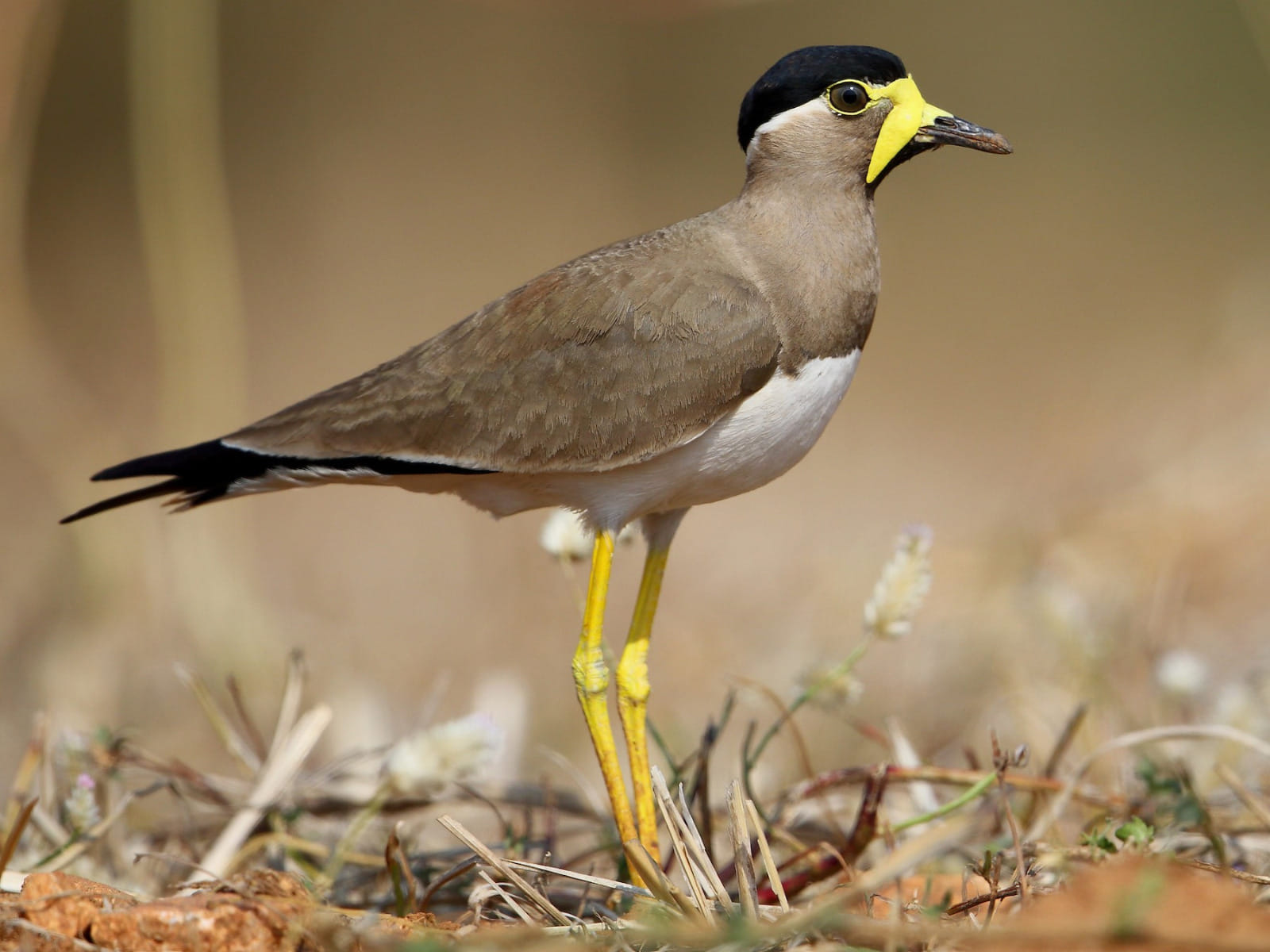


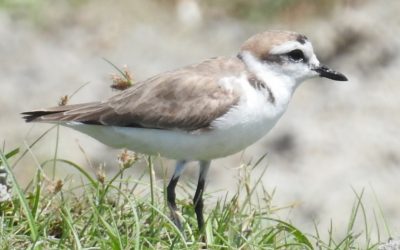
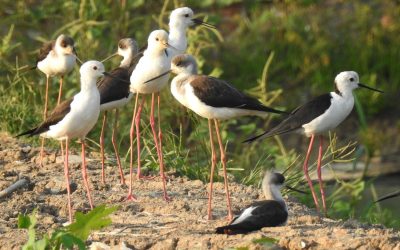
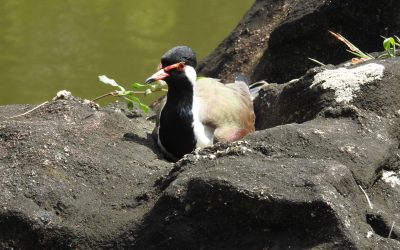
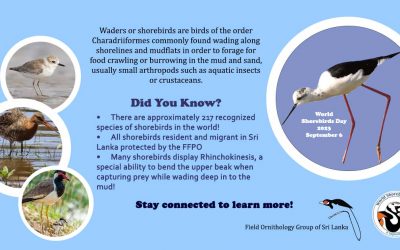
Awesome brief article! I absolutely had the exact reviewing. I hope to share added by you. I know you possess very good information into coupled with ideas. I will be exceedingly fulfilled with this particular information and facts.
You got a very wonderful website, Gladiolus I noticed it through yahoo.